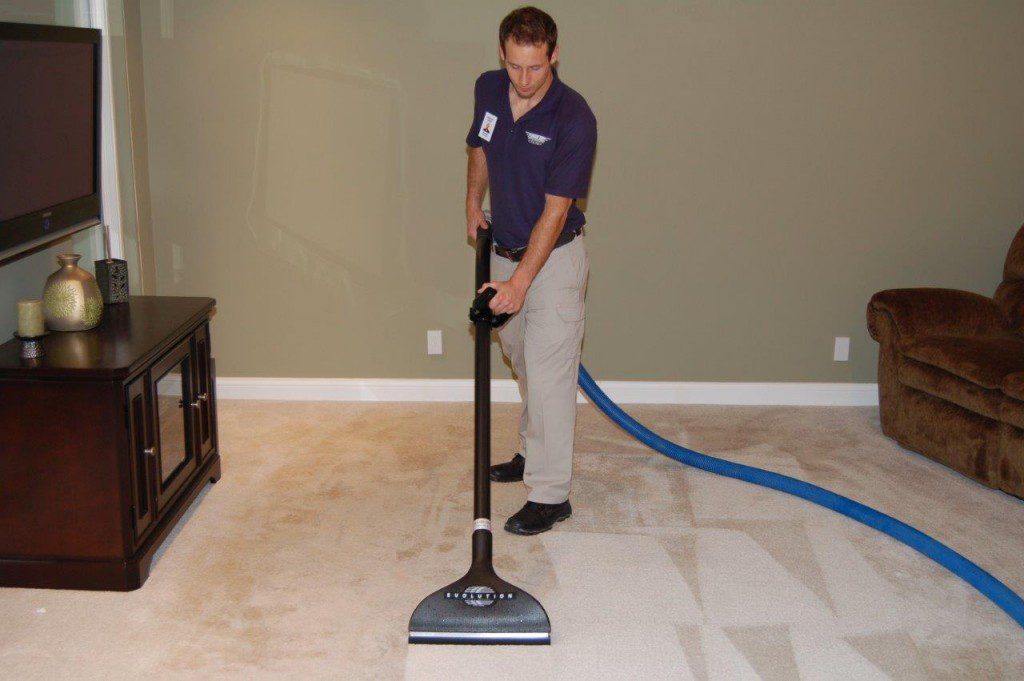When disaster strikes and water inundates your home or business, every second counts. Water damage can be very bad, causing problems with the structure, mold growth, and health risks. Emergency water extraction is very important at these times, and knowing why timing is so important can make all the difference in limiting the damage. In this detailed guide, we’ll talk about why it’s important to move quickly in water emergencies and how getting rid of water quickly can save property, belongings, and peace of mind.
The Importance Of Immediate Response:
Water damage doesn’t wait until it’s handy to happen. The longer water stays where it is, whether it’s from a burst pipe, floods, or sewage backing up, the more damage it does. Quick action is important for several reasons:
Preventing Structural Damage: Water does a lot of damage to building materials like wood, drywall, and insulation. It can weaken buildings, compromise their integrity, require expensive repairs, or even cause them to fall if it is not stopped.
Minimizing Mold Growth: Mold thrives in moist environments and can begin to colonize within 24 to 48 hours of water exposure. Prompt water extraction inhibits mold growth, reducing the risk of respiratory issues, allergies, and property damage associated with mold infestations.
Salvaging Possessions: Furniture, electronics, documents, and personal belongings are susceptible to irreparable damage if submerged in water for too long. Swift extraction increases the likelihood of salvaging items and minimizing financial losses.
Restoring Indoor Air Quality: Standing water creates a breeding ground for bacteria, viruses, and other contaminants that can compromise indoor air quality. Rapid extraction and thorough drying help mitigate health risks associated with contaminated environments.
The Water Extraction Process:
Effective water extraction involves a systematic approach that combines specialized equipment, technical expertise, and industry best practices. Here’s an overview of the water extraction process:
Assessment And Inspection: Trained technicians assess the extent of water damage, identify affected areas, and determine the appropriate course of action. This includes categorizing the water source (clean, grey, or black) and evaluating safety hazards.
Water Removal: Powerful pumps and extraction tools are used to remove standing water from floors, carpets, and other affected surfaces. Technicians prioritize areas with the highest moisture levels to expedite the drying process.
Moisture Detection: To find secret pockets of moisture in walls, ceilings, and floors, people use moisture meters and thermal imaging cameras. Thorough moisture detection is essential for ensuring comprehensive water extraction and preventing secondary damage.
Drying And Dehumidification: Industrial-grade air movers, dehumidifiers, and drying equipment are deployed to accelerate evaporation and moisture removal. Proper airflow and humidity control are essential for expediting the drying process and preventing mold growth.
Sanitization And Deodorization: After water extraction and drying, affected surfaces are thoroughly cleaned, sanitized, and deodorized to eliminate bacteria, mold spores, and unpleasant odors. This step is crucial for restoring a safe and healthy indoor environment.
The Role Of Professional Expertise:
While DIY water extraction may seem like a cost-effective solution, it often falls short of achieving thorough and lasting results. Professional water restoration service companies possess the expertise, experience, and resources necessary to handle water emergencies effectively. Here’s why professional expertise matters:
Rapid Response: Professional water restoration teams are available 24/7 and equipped to respond swiftly to emergencies. Their prompt intervention minimizes damage and reduces the risk of long-term consequences.
Advanced Equipment: Professional-grade pumps, extraction tools, moisture meters, and drying equipment are more effective at removing water and restoring properties than consumer-grade alternatives.
Comprehensive Restoration: Professional techs go through a lot of training and follow strict rules and standards in their field to make sure that the water is completely removed, dried out, and the damage is fixed. They have the skills and knowledge to address complex water damage scenarios effectively.
Mold Prevention: Professional water restoration companies understand the importance of mold prevention and employ proactive measures to inhibit mold growth during the restoration process.
Choosing the Best Hot Water Systems in Australia in 2023(Opens in a new browser tab)
Conclusion:
Emergency water extraction is a critical component of water damage restoration, and timing is indeed everything. Swift action can mean the difference between minor inconvenience and catastrophic loss in the aftermath of a water-related disaster. By understanding the importance of immediate response, the water extraction process, and the value of professional expertise, property owners can mitigate damage, safeguard their investments, and restore peace of mind in the face of adversity. When it comes to water emergencies, remember: that every minute counts.
